Affiliate links on Android Authority may earn us a commission. Learn more.
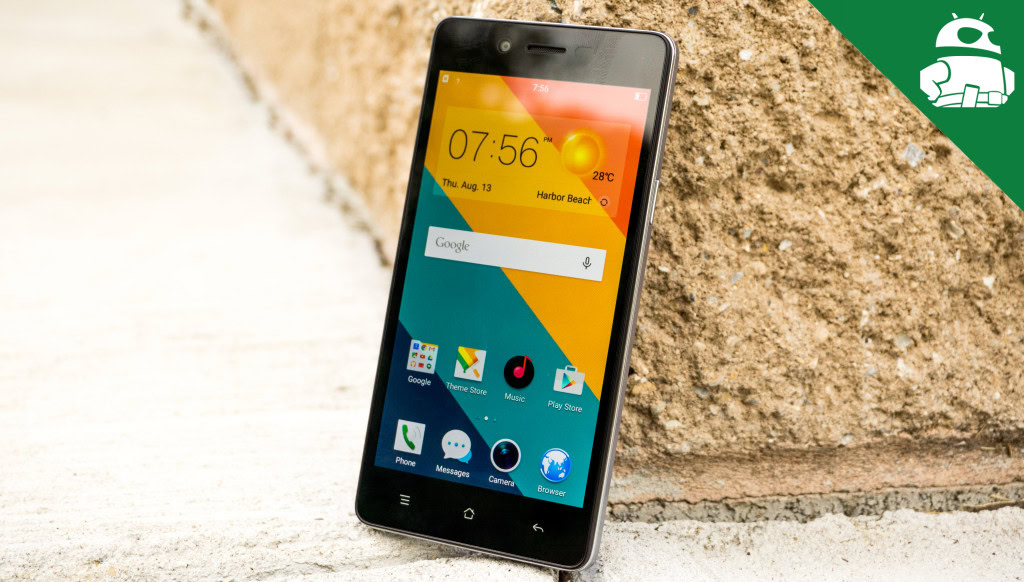
OPPO OPPO Mirror 5
What we like
What we don't like
Our scores
OPPO OPPO Mirror 5
OPPO has some fantastic smartphones on offer that feature something unique in terms of design and capabilities, including one of the thinnest smartphones of the world, or a flagship smartphone with a rotating camera setup that is still very distinctive and individual to OPPO. OPPO continues to add to its diverse portfolio that covers all levels of the price spectrum, including this new device that falls somewhere between the entry-level and mid-range.
What does this latest affordable smartphone from OPPO have to offer? We find out, in this full review of the OPPO Mirror 5!
Design
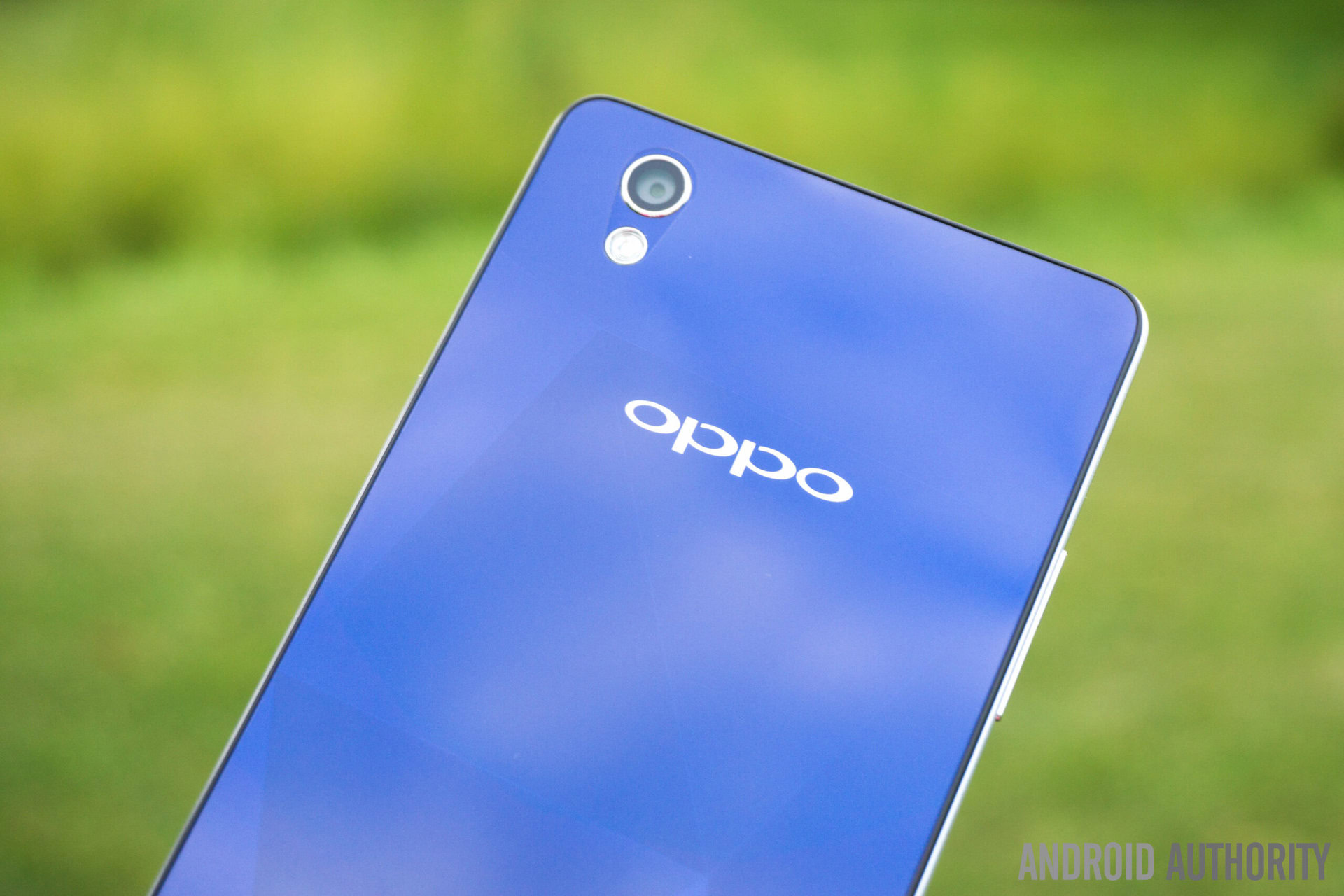
If there is one area in which the Mirror 5 really shines, it is in terms of design, and shine it does, quite literally in fact. With individual cut-glass sections on the back cover, the Mirror 5 features a reflective facet design that is seeing some popularity among OEMs. OPPO themselves have used this design element before, and it is quite understandable if you do end up mistaking the Mirror 5 for another mid-range offering from the company, the OPPO R1x. The bi-metallic frame is a nice touch as well, and gives this device a very elegant look. One drawback with the plastic rear cover and the glass panel up front is that both surfaces are quite prone to fingerprints, and it is difficult to keep the device clean from smudges.
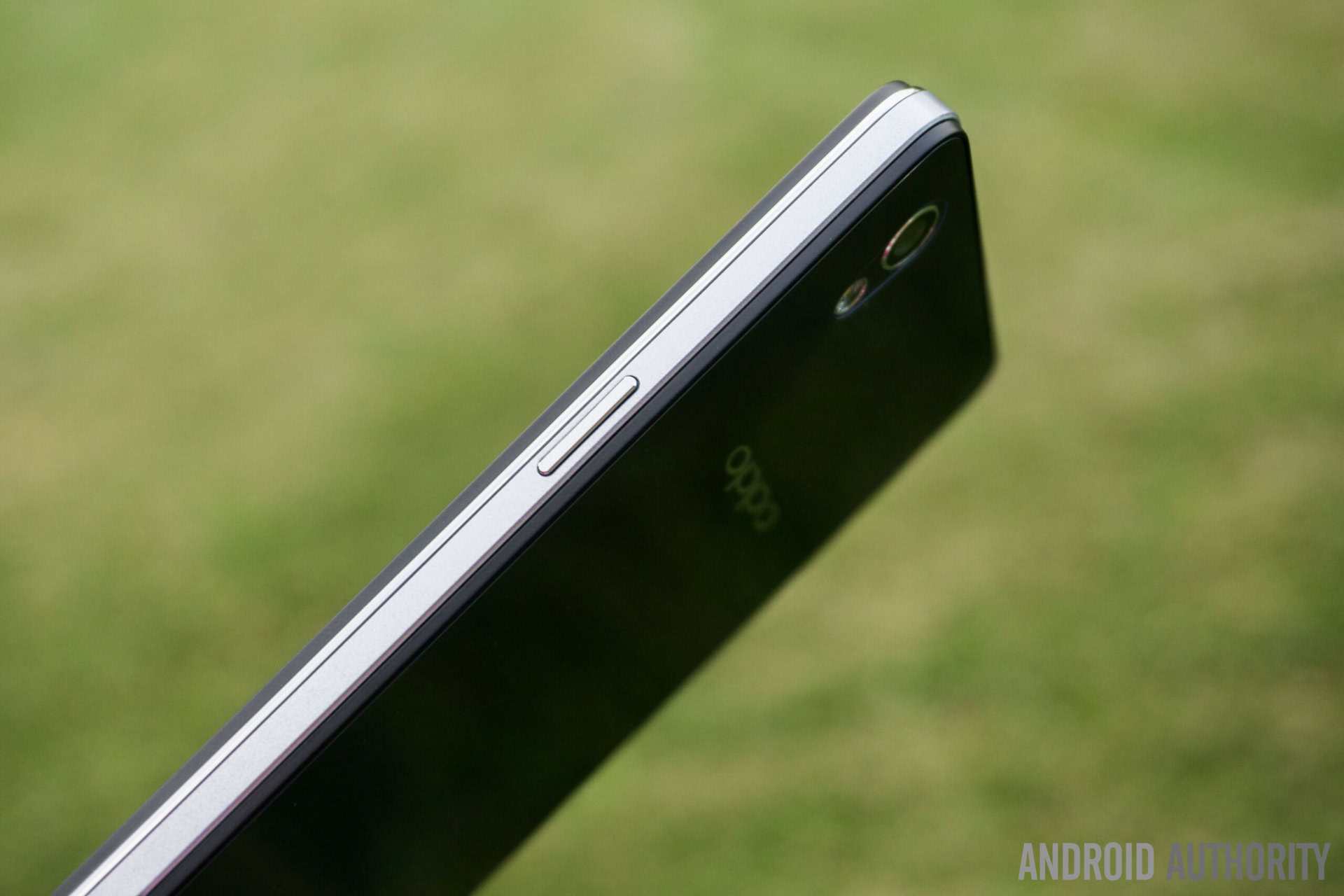
Going around the device, the power button and volume rocker can be found to the right and left respectively, placed to be within easy reach, and all the buttons offer a good amount of tactile feedback. The microUSB port is at the bottom, and up top is the headphone jack and an IR blaster. On the back is the primary camera at the top left corner, and on the same side, towards the bottom, is the single speaker unit. Even though the battery is not user-replaceable, the back cover is removable, giving you access to the dual SIM card slots and the microSD card slot. Up front, there is a notification LED above the display to the right, and below the display are the three capacitive back, home, and recent apps keys.
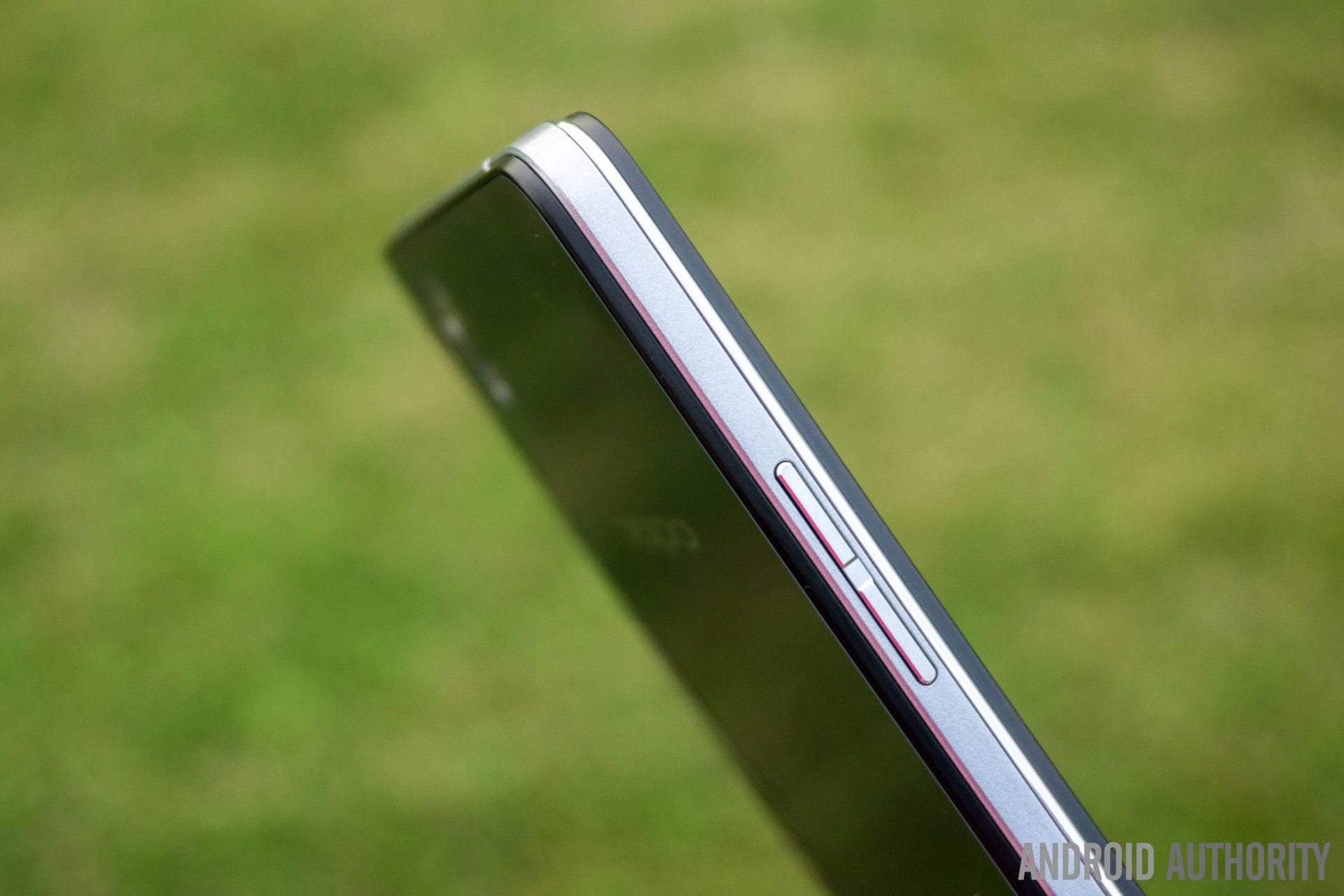
With a thickness of 7.7 mm and weighing 160 grams, the Mirror 5 feels substantial and solid in the hand, and given its relatively compact size when compared to the general trend in the Android world, the handling experience with the device is excellent, and one-handed use is very comfortable.
Display
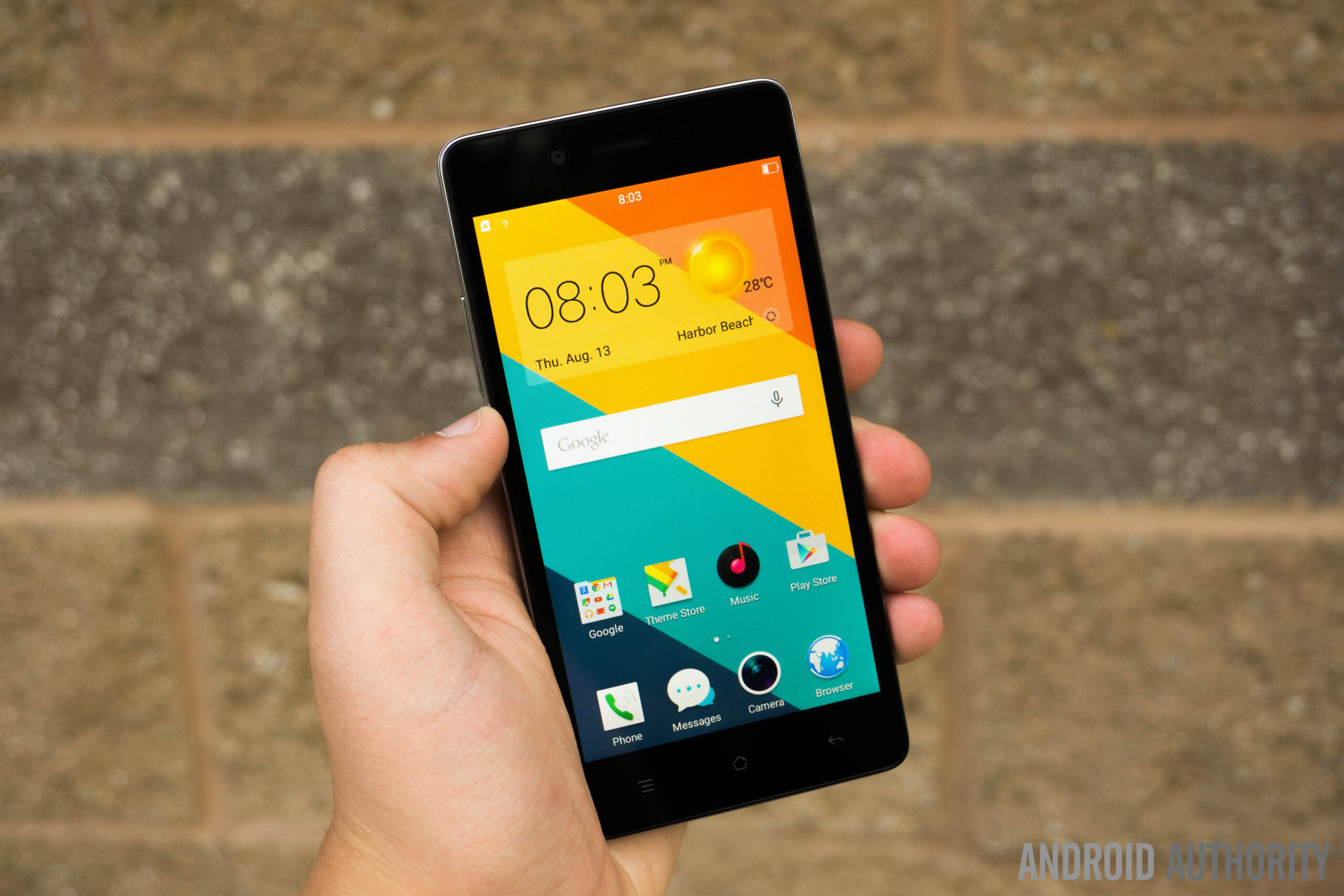
The OPPO Mirror 5 comes with a 5-inch IPS LCD display with a 960 x 540 resolution, resulting in a pixel density of 220 ppi. Everything looks a little bit blurry, and text is understandably not as sharp as you would expect. While the quality of the display itself is just about average, the resolution is shockingly low, and very surprising, when considering the fact that some devices that fall in the price range of the Mirror 5 even feature Full HD screens. There is also no display protection like Gorilla Gorilla Glass, but OPPO does include a screen protector in the box.
Performance
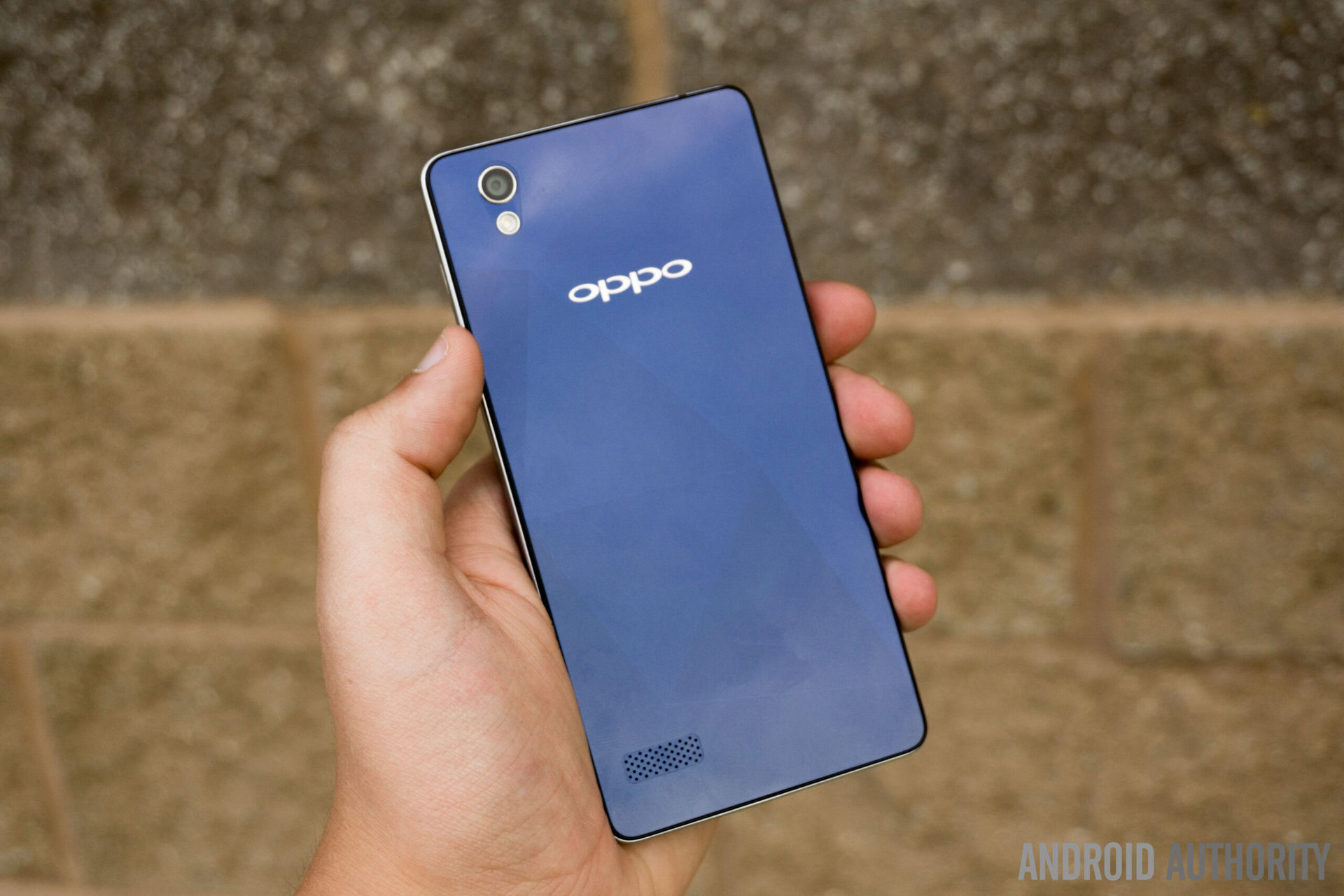
Under the hood, the OPPO Mirror 5 packs a quad-core 64-bit Qualcomm Snapdragon 410 processor, clocked at 1.2 GHz, and backed by the Adreno 306 GPU and 2 GB of RAM. This is a relatively low-end processing package, but other than applications requiring just a few seconds more to load, the day-to-day performance of the device is quite impressive. Multi-tasking is smooth, and the device handles gaming very well, with the low resolution display meaning that you won’t be seeing a lot of frame drops.
Hardware
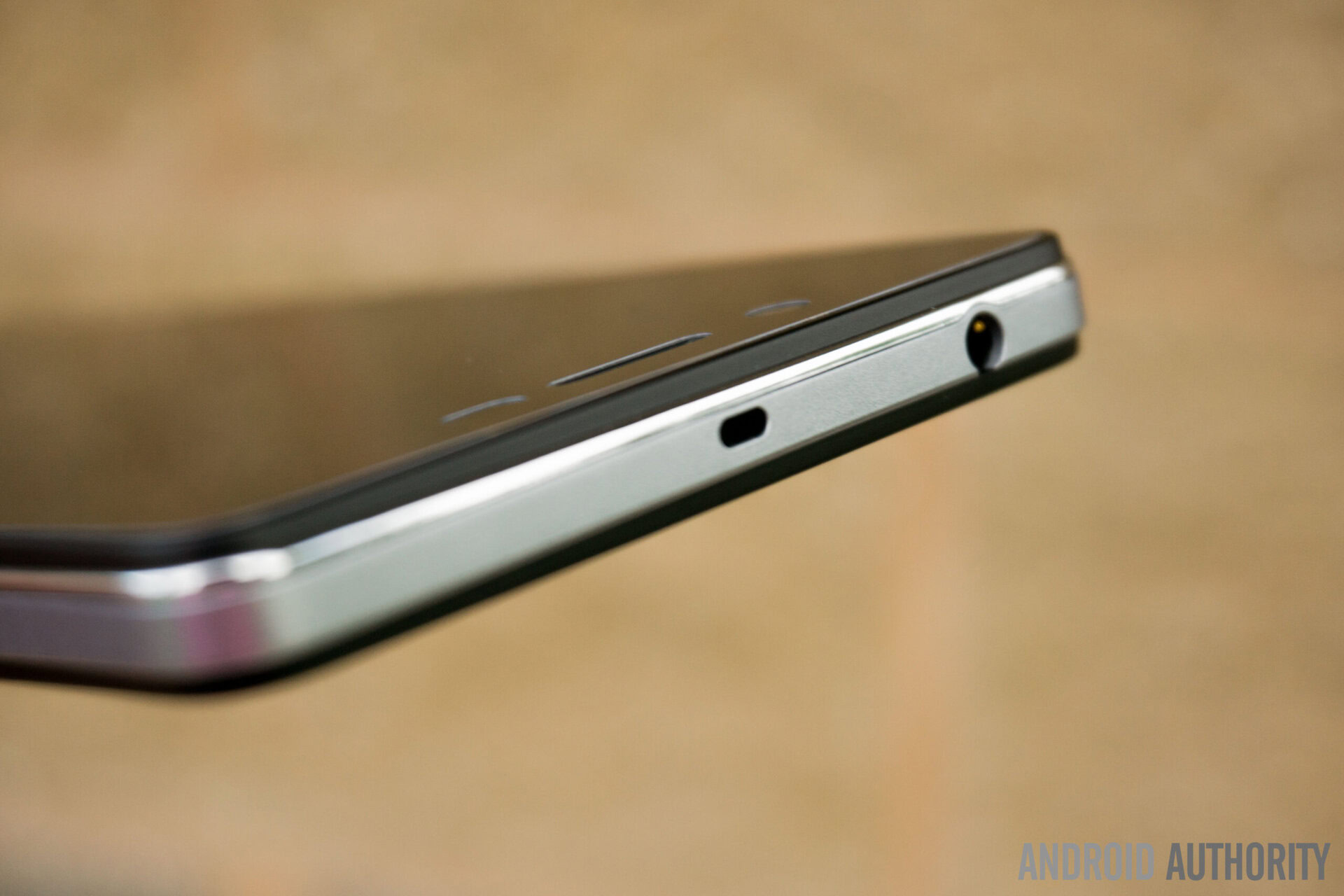
The Mirror 5 comes with 16 GB of on-board storage, which is further expandable via microSD card by up to 128 GB. Apart from a standard suite of connectivity options, the device also comes with dual SIM capabilities and 4G LTE support, but it’ll be a good idea to check for compatibility with your local network carrier first.
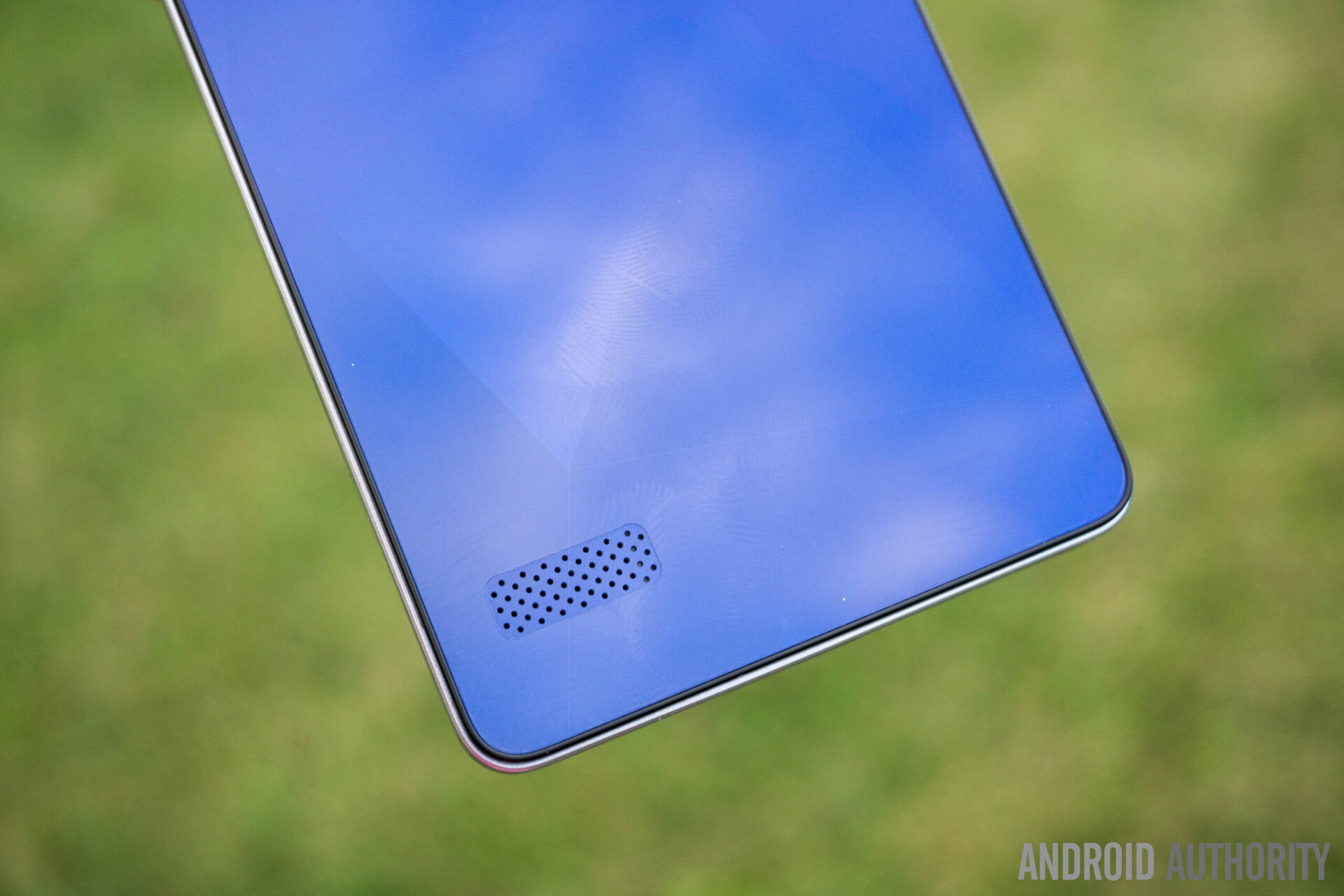
There is a single speaker on the back, that does sound pretty good, with their being a little bit of distortion at the highest volumes though. As as is the case with any speaker placed on the back, the sound gets muffled when the device is placed on a flat surface.
As far as the battery life is concerned, the 2,420 mAh non-removable unit of the Mirror 5 allows for decent battery life, but it isn’t exceptional. The device lasted for slightly longer than 12 hours with just over 3 hours of screen-on time, with average use. Power users may struggle to get a full day of use out of the battery, but there are a couple of power saving modes built-in to help you get that little bit of extra juice out of this battery.
Camera
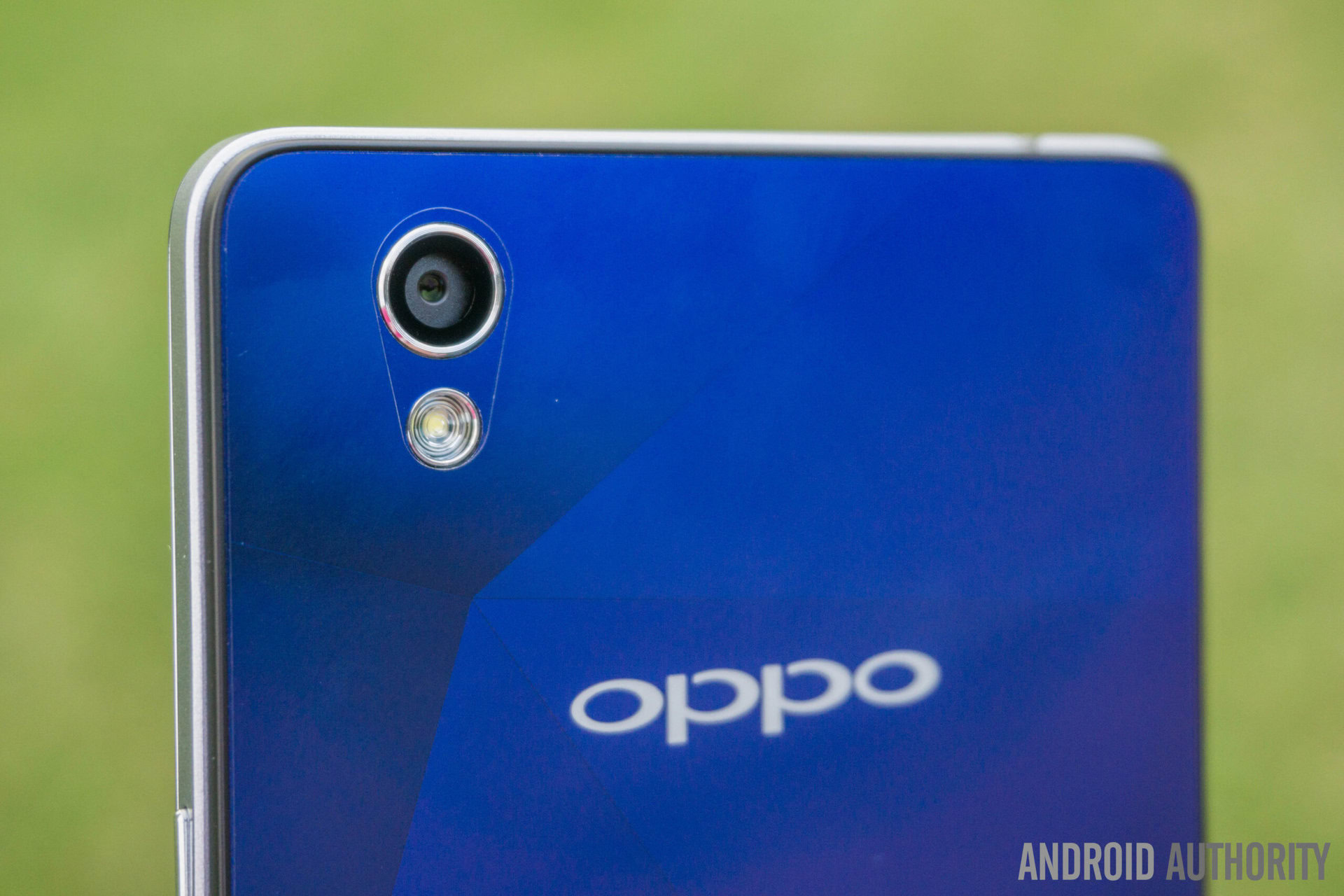
The OPPO Mirror 5 comes with a 8 MP rear camera with an LED flash, and a 5 MP front-facing unit. The primary camera allows for some good looking shots, and as expected, the camera performs best in well-lit environments. As far as the camera app is concerned, the interface looks to have been inspired by the camera app from iOS, and includes a lot of shooting modes. There isn’t a lot by way of manual control however, but a nice addition is a slider next to focus point on the viewfinder that lets you adjust the exposure quickly if needed.
Software
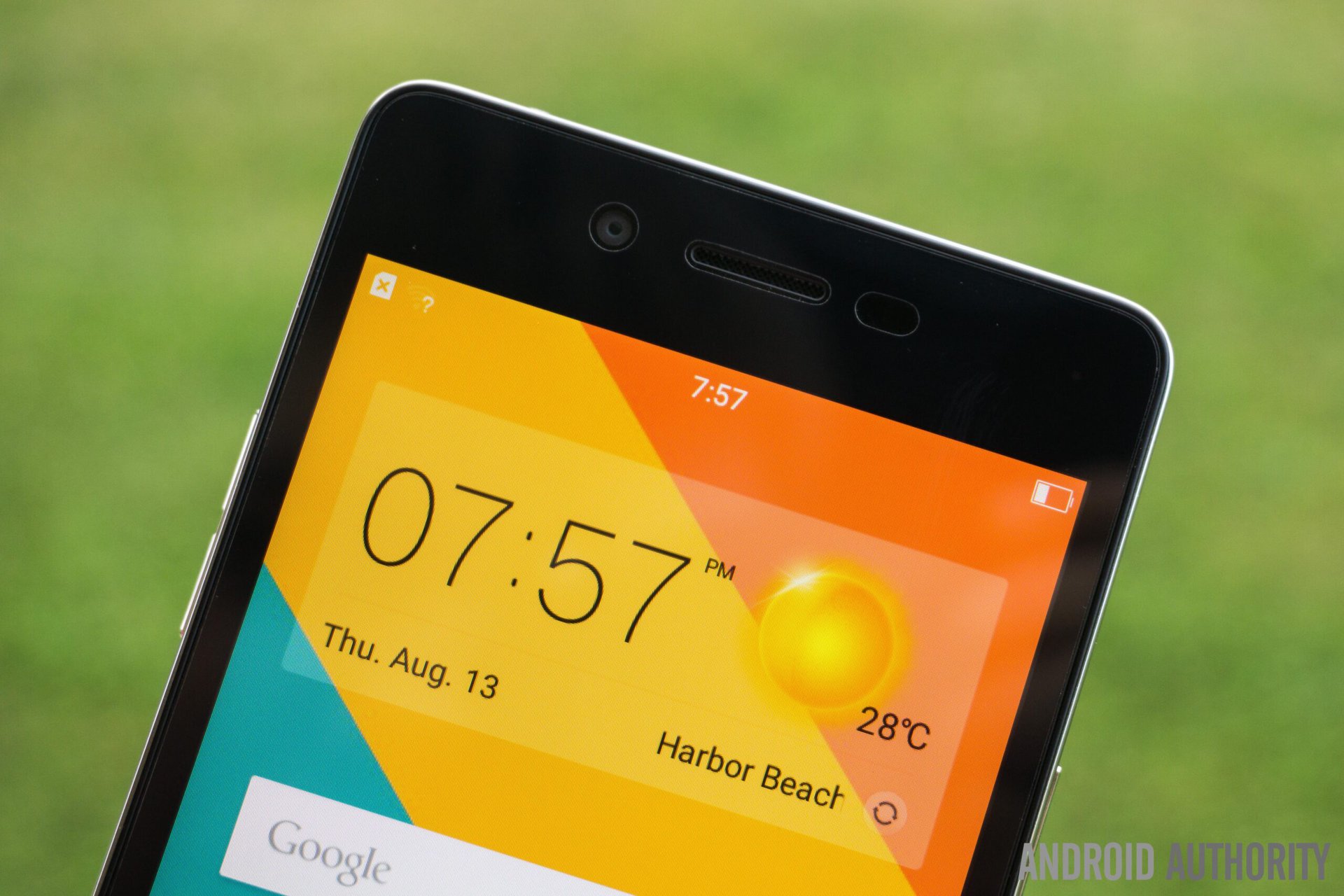
On the software side of things, the OPPO Mirror 5 runs Color OS 2.1, based on Android 5.1.1 Lollipop. You’ll be hard pressed to find a lot of Material Design elements in this user interface, with everything, including the settings menu, the recent apps screen, and the lock screen being different from the stock Android experience.
That’s not to say that OPPO’s take on Android is disappointing however, with it featuring some nice animations, and a slew of customization options. Granted, there is no app drawer, which leaves users dependent on folders to keep things organized, but that is expected and seen with a lot of Chinese smartphones. Perhaps the best part of the latest Color OS iteration is the various gestures it has baked in, including double tap to wake, drawing preset letters to directly open certain applications, and screen-on gestures like pinch to open the camera app, a swipe with two fingers to adjust the volume, and a swipe with three fingers to take a screenshot. There is also a one-handed mode, but apart from the gesture to activate it being somewhat jarring, it isn’t really a necessary feature for this 5-inch display.
Specifications
| Display | 5-inch IPS LCD 960 x 540 resolution, 220 ppi |
|---|---|
Processor | 1.2 GHz quad-core Qualcomm Snapdragon 410 processor Adreno 306 GPU |
RAM | 2 GB |
Storage | 16 GB expandable up to 128GB |
Connectivity | Wi-Fi 802.11 a/b/g/n/ac Bluetooth 4.0 GPS IR blaster USB 2.0 |
Camera | 8 MP rear camera with LED flash 5 MP front-facing camera |
Software | Color OS v2.1, based on Android 5.1.1 Lollipop |
Battery | 2,420mAh, non-removable |
Dimensions | 143.4 x 71.2 x 7.7 mm 160 grams |
Gallery
Pricing and final thoughts
The OPPO Mirror 5 will be priced at around $245 in markets where it is officially available, with color options being white and blue.
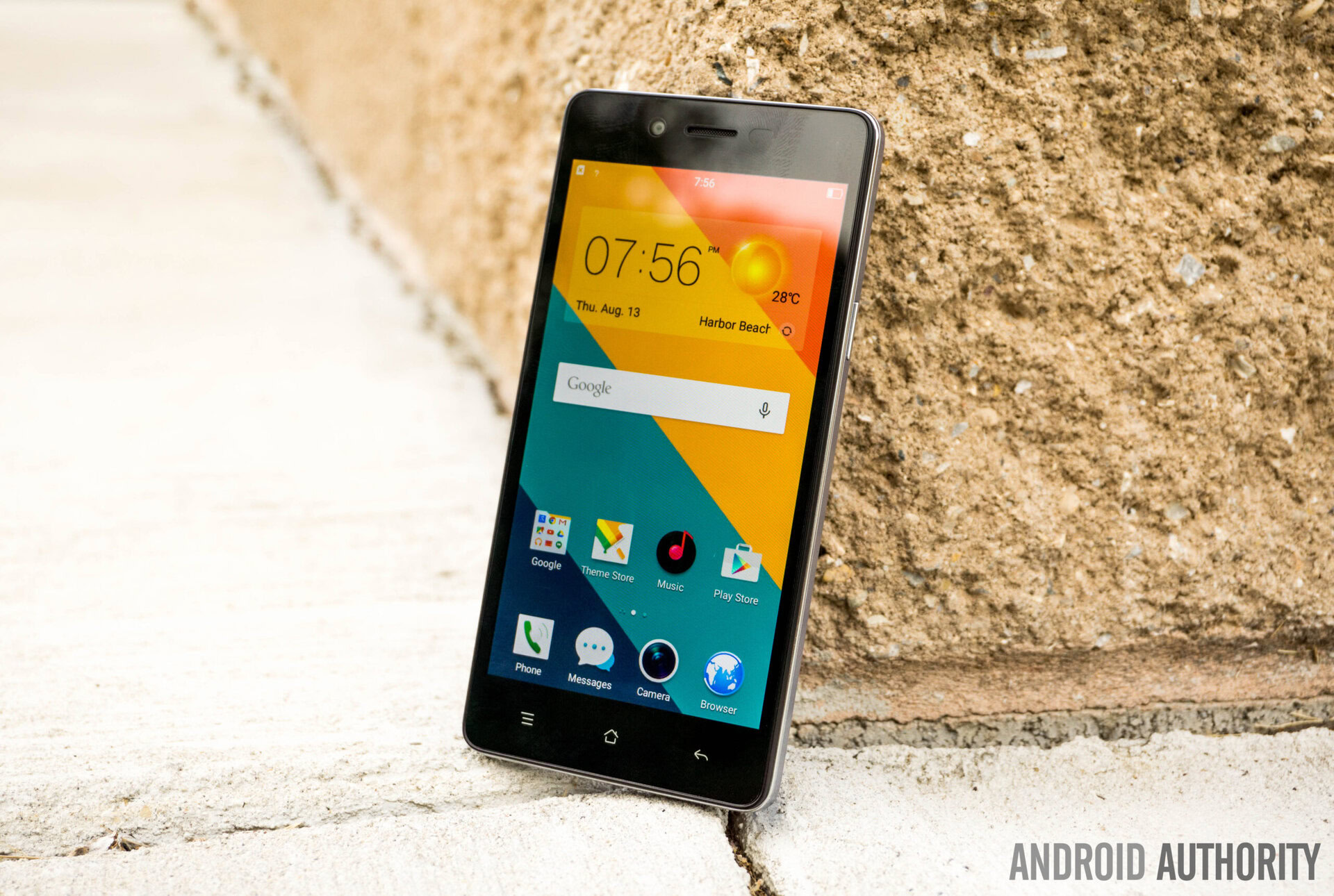
So there you have it for this in-depth look at the OPPO Mirror 5! The device is not without its strong points, especially when it comes to the design, and the software experience. The display resolution is surprisingly low however, and the lower than mid-range processing package makes it hard to justify the price point, even if it still falls in the realm of affordability. A little more will get you arguably superior options, like the ASUS Zenfone 2, and comparatively cheaper devices like the Meizu M2 Note and the Lenovo K3 Note seem to bring more to table as well.